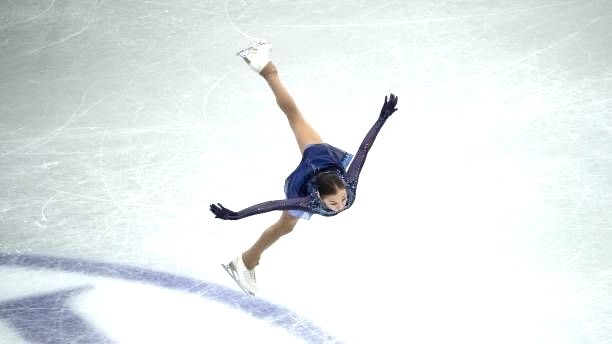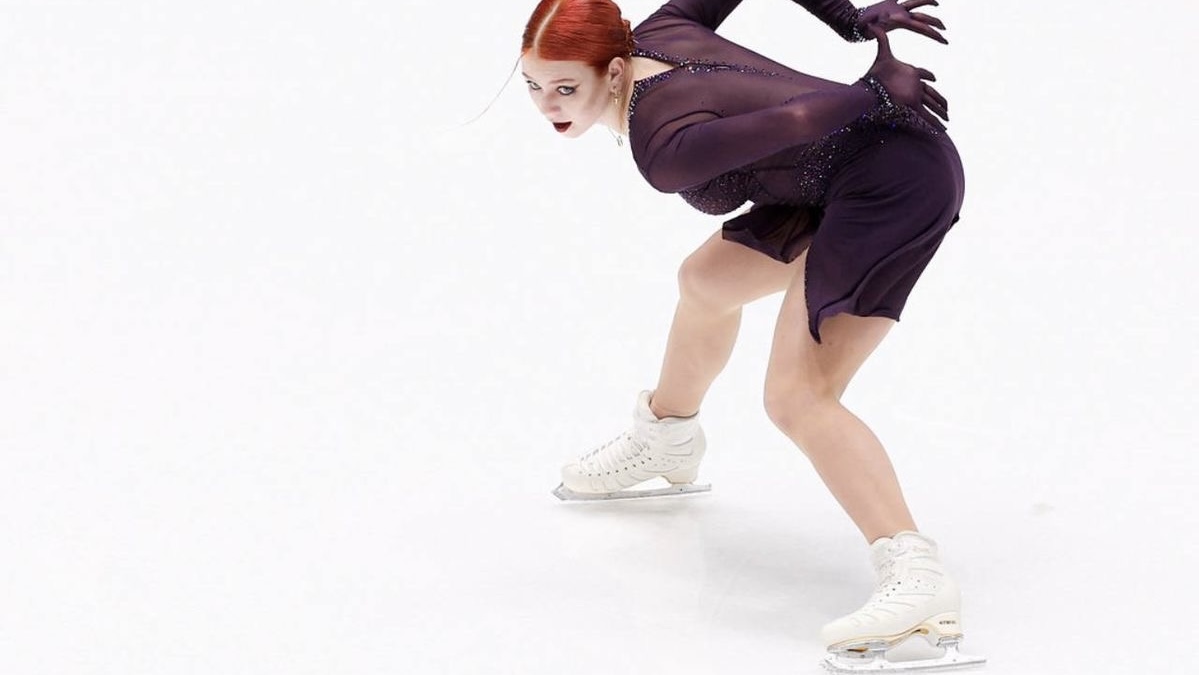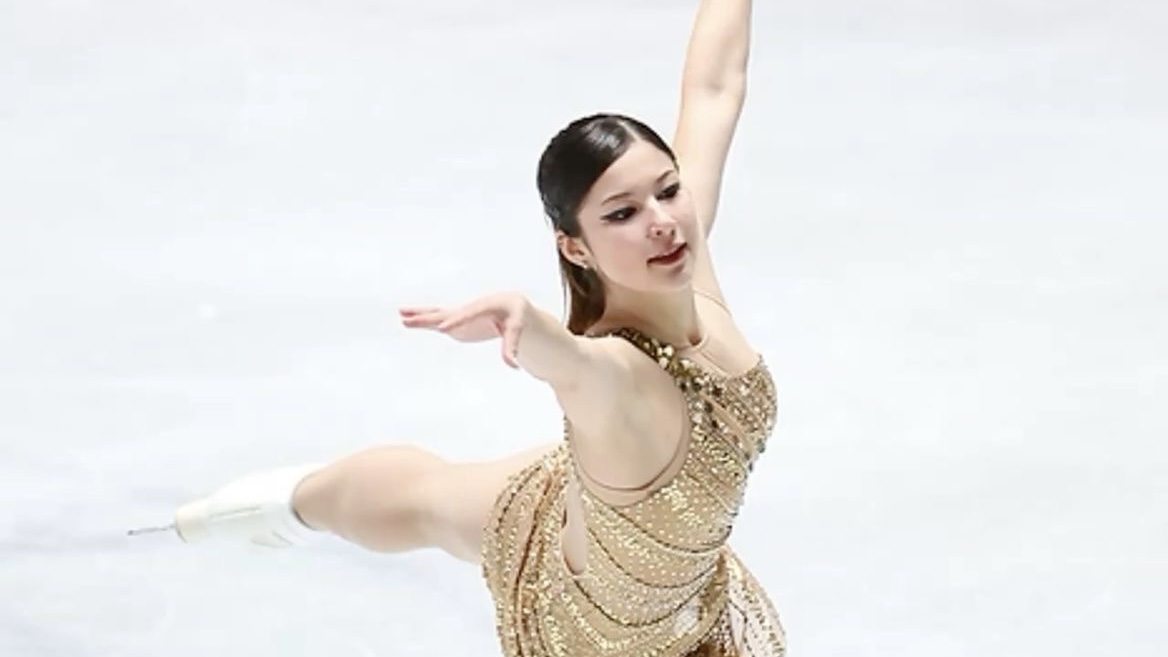January 15, 2025
Alexandra Trusova Expecting a Child
September 30, 2024

Elizabet Tursynbaeva © Pinterest
Off-ice training is a crucial component of a figure skater’s routine, helping to improve strength, flexibility, and coordination. However, finding the best time to incorporate off-ice training into your schedule can be challenging. Here are some factors to consider:
Ultimately, the best time for off-ice training will vary from person to person. Experiment with different schedules to find what works best for you. By incorporating off-ice training into your routine, you can enhance your figure skating performance and achieve your goals.

January 15, 2025
Alexandra Trusova Expecting a Child

December 26, 2024
2025 World Junior Championship Schedule

February 14, 2025
Alysa Liu Shares Why She Came Back: A Passion Reignited